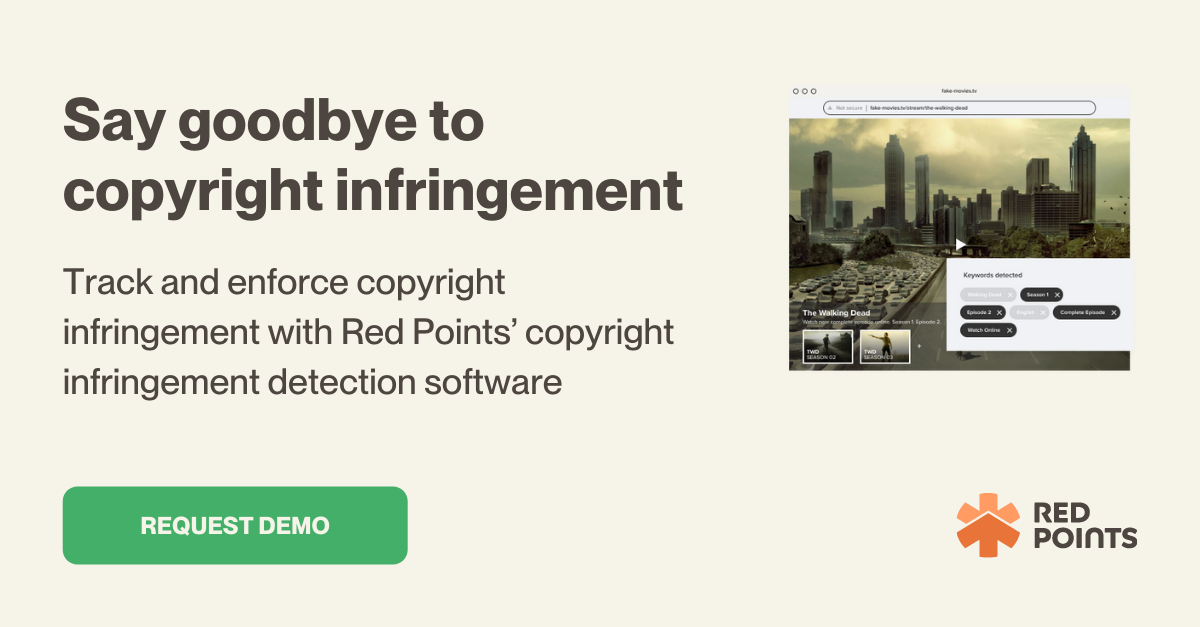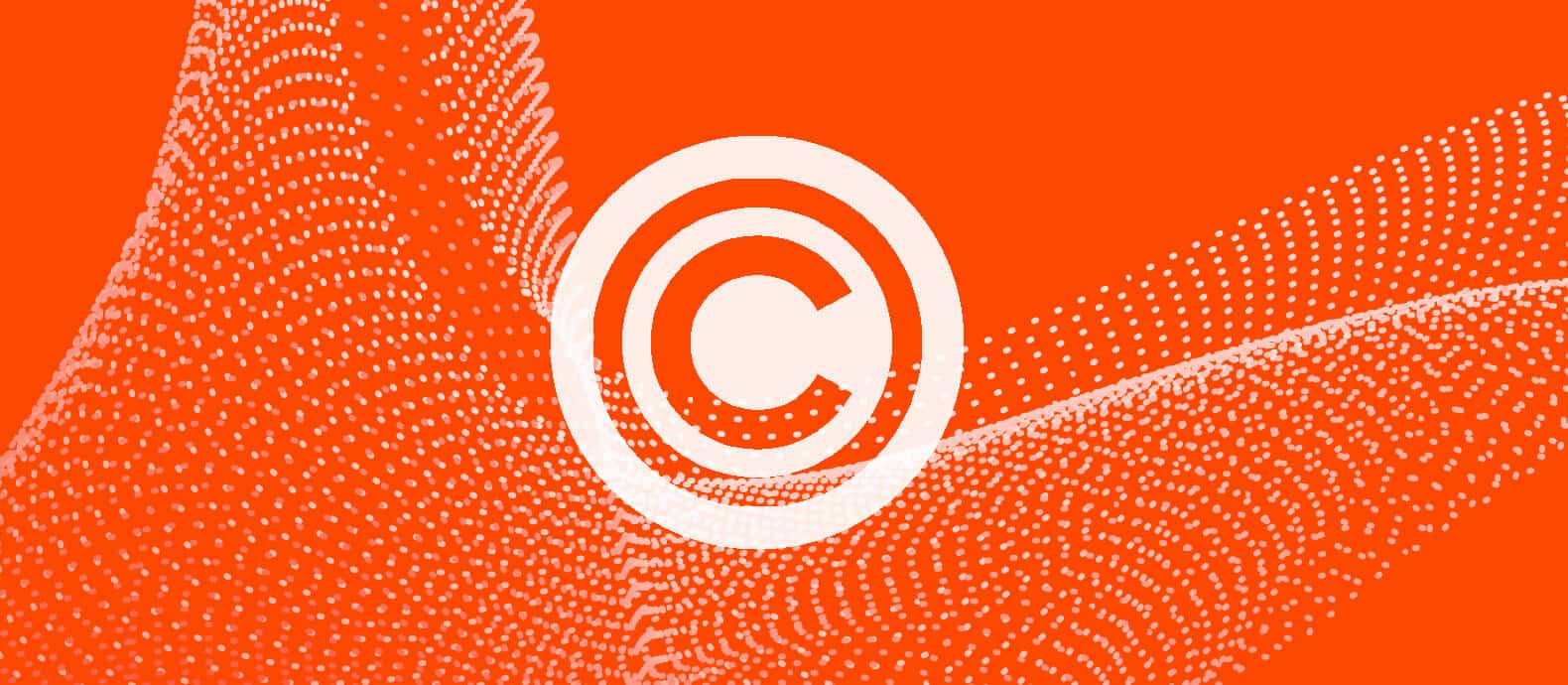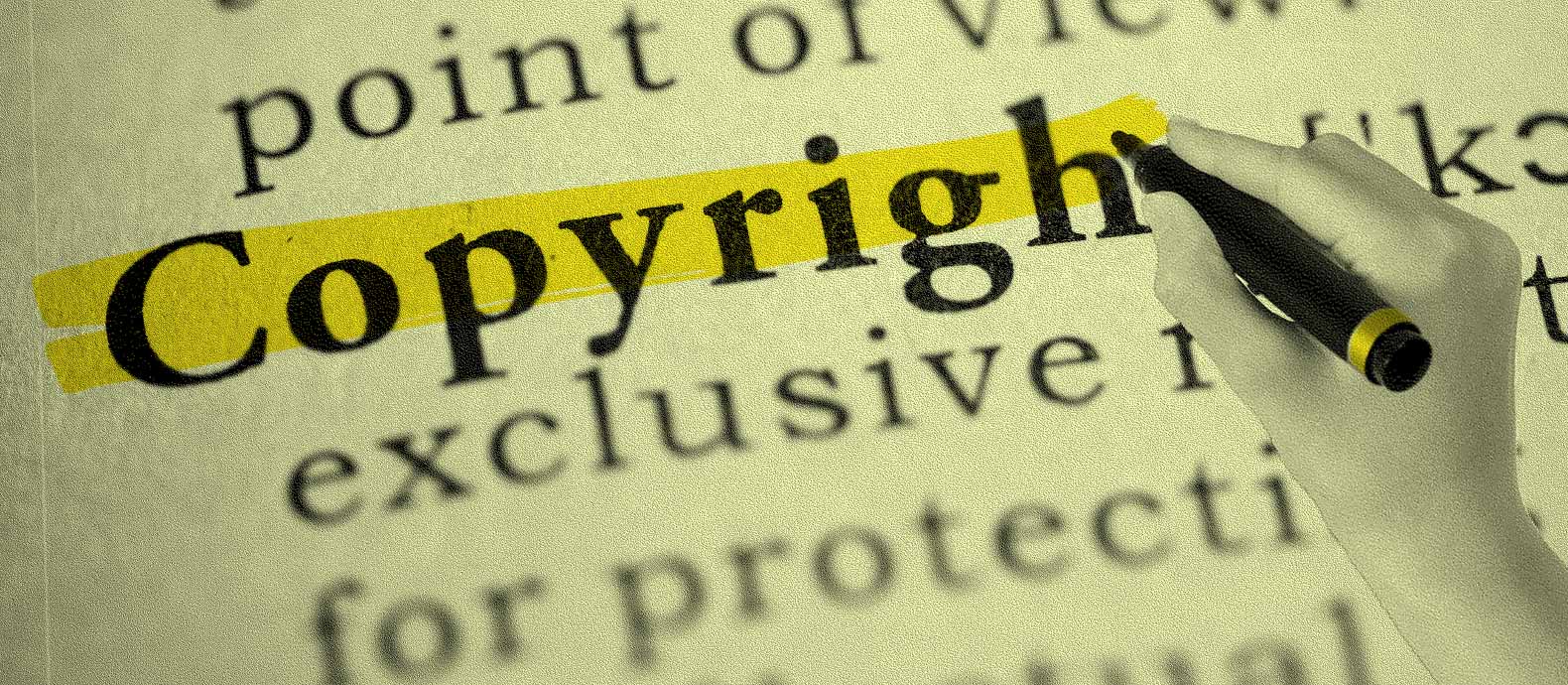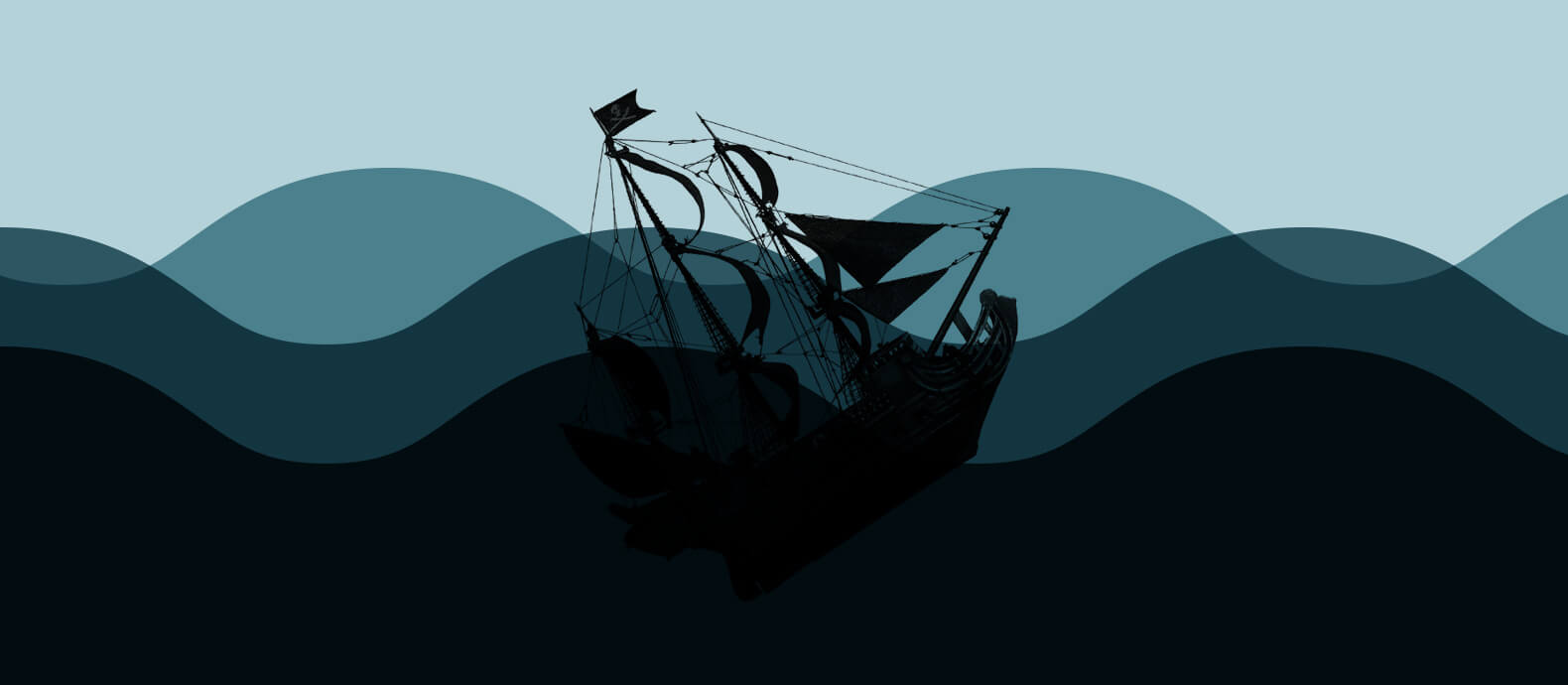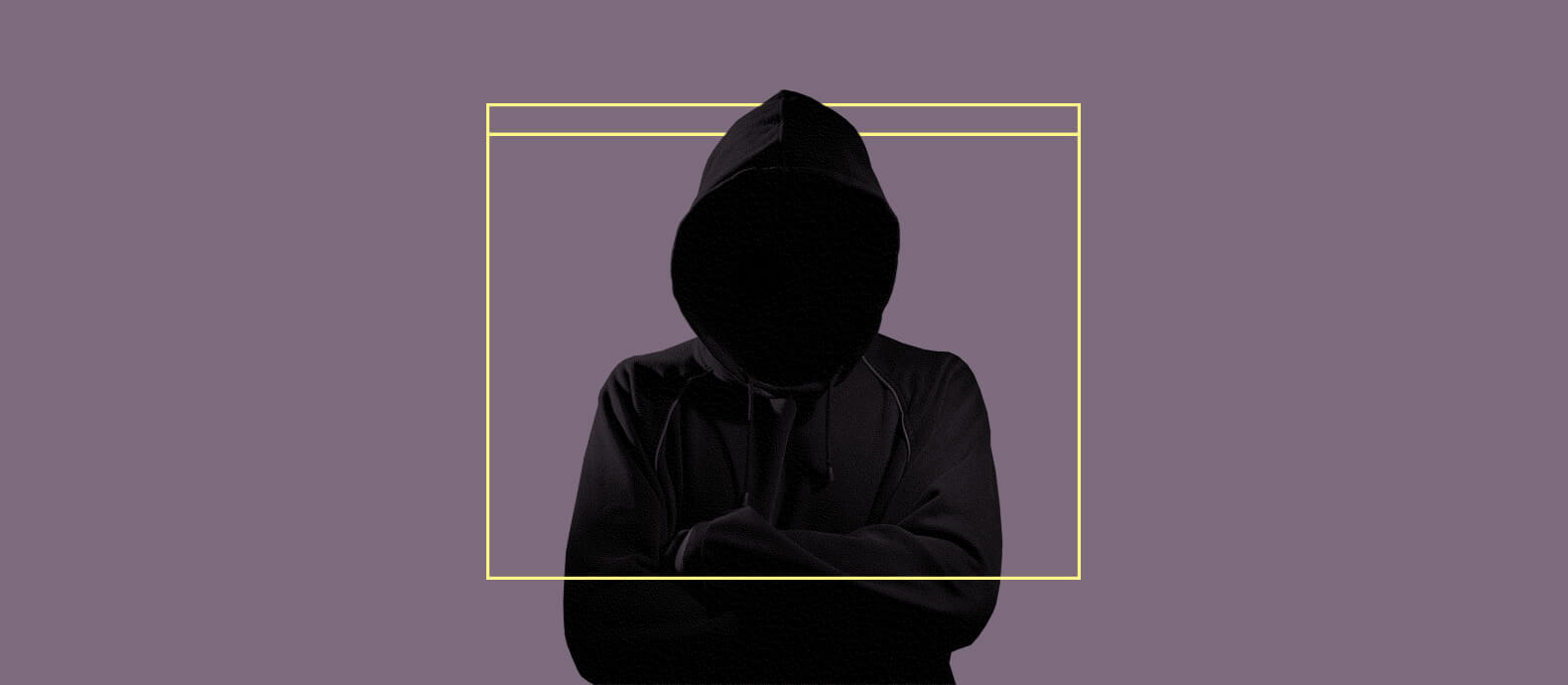The public recognition of generative AIs (i.e., chatGPT, MidJourney) in late 2022 and early 2023 has revolutionized many fields and industries, including creative fields like art and design.
AI art generators like MidJourney and Adobe FireFly can create amazing images from text prompts or even random inputs, but at the same time have also raised many questions about creativity, originality, and intellectual property ownership.
What happens when AI-generated images resemble—or worse, copy—existing artworks? Is it a form of infringement, and if that’s the case, who’s responsible?
In this post, we will explore:
- The current state of AI art
- The legal and ethical implications of Generative AIs
- How it challenges our conventional notions of intellectual property

What is AI-generated art?
AI-generated art is a form of art (typically images) that is generated by AI-driven software that can generate images based on the user’s text-based prompts, sketches, or even random inputs.
These generative AIs typically use large databases of images collected from the internet—including copyrighted works— to teach themselves how to create new images that match the user’s prompt.
Some examples of generative AIs capable of generating AI artworks are:
- DALL.E 2: a generative AI developed by Open AI (the same company behind chat GPT), capable of generating realistic images and art from a text-based description.
- NightCafe Creator: AI art generator software capable of creating images using various methods such as text-to-image, neural style transfer, etc.
- MidJourney: AI art generator that uses Stable Diffusion—a neural network model— capable of generating images from text prompts. Accessible through Discord.
- Adobe Firefly: Adobe’s generative AI platform that includes several AI tools for image generation, style transfer, and text generation with native integration with Adobe Photoshop, Illustrator, and other Adobe tools.
At the moment, AI-generated artworks from these platforms are not protected by copyright because, according to the U.S. Copyright Office, works produced by a machine or mere mechanical process that operates randomly or automatically without any creative input or intervention from a human author are not registrable as copyrighted materials.
Thus, at least at the moment of this writing (March 2023), AI-generated art still falls outside the scope of copyright protection.
Do AI art generators infringe copyright?
In recent years, AI art generators like MidJourney, DALL-E 2, and others have become increasingly popular not only among artists and designers but also among the general public.
Yet, the massive adoption of the technology has also raised legal and ethical questions about the use of copyrighted artwork or design to train the AI and to generate the AI art itself.
In fact, many legal cases have been filed against AI art generators’ manufacturers and operators in recent times. Some high-profile examples include:
- Getty Images—a prominent stock photography company—has filed a lawsuit against Stability AI, creators of the AI art generator Stable Diffusion. Getty Images claimed that Stable Diffusion used more than 12 million images from its database without permission.
- A group of artists represented by Joseph Savery Law Firm has filed a federal class-action lawsuit against Stability AI, MidJourney, and DeviantArt in San Fransisco. The lawsuit claims that these AI companies have violated the IP rights of over 100 million artists by using their work in generative AI art.
On the other hand, the creators and operators of these generative AIs often defend themselves by invoking the fair use doctrine, claiming to use the data of copyrighted works only for educational and research purposes (technically, in “training” or educating the AI.)
“Fair use” is a legal doctrine that allows the use of copyrighted material without permission and compensation for purposes such as teaching/education, research, news reporting, and criticism. Yet, as we know, fair use is not a clear-cut legal rule, and whether or not an AI art generator qualifies for fair use will likely depend on the court’s interpretation.
Whether the creator or operator of generative AI can be held liable for infringement is complex and case-specific. However, here are some possible considerations:
- Whether the AI-generated art is substantially similar to the original work. In this case, the art may be considered a derivative work that requires permission (and possible compensation) from the original artist.
- Whether the AI-generated art is transformative. Transformative here means the generated art changes the message or meaning of the original work or adds something new. A transformative work is more likely to be considered fair use, although the degree of transformation required may be subject to interpretation.
- Whether the AI-generated art affects the market value or potential value of the original work. When the AI art harms the original art’s value, for example, the case may weigh against fair use. However, if the AI art caters to a different market (or creates a new market) from the original work, it may be considered fair use.
These legal cases surrounding generative AIs are just the tip of the iceberg, and the debate surrounding the legal rights and responsibilities of AIs in the digital age will continue to evolve and become more complex.
With AI tools, including AI art generators, expected to become more accessible to everyone and more advanced, they will continue to challenge the existing notions of authorship and intellectual property ownership in the art and design world.
How can Red Points protect your business’s copyrights?
Red Points is a company specializing in digital brand protection, offering a range of services to help businesses achieve their copyright and intellectual property (IP) rights in the digital world.
Red Points’ copyright protection solution offers a comprehensive set of services, including but not limited to the following:
- Monitoring and detection: Red Points uses state-of-the-art technologies to scan the internet for any unauthorized use of your copyrighted materials, including when it is used as derivative work by generative AIs. Red Points can monitor websites, social media platforms, and other channels to detect any potential infringement.
- Validation and prioritization: Red points can validate and verify the identified case of potential infringement, then ranks them according to the potential impact on your business and its severity.
- Enforcement and follow-up: after the validation process, Red Points will automatically and swiftly enforce your copyright claim and sends takedown notices to infringers to protect your copyright or intellectual property. Appropriate actions will be taken to make sure the infringer complies.
- Custom dashboards and personalized data reports: Red Points will keep you informed about the copyright protection processes with custom dashboards and real-time reports to show you the cases, actions taken, and results.
With Red Points’ copyright protection services, businesses can protect their copyrights, including from being infringed by generative AI arts. Red Points enable businesses to take a proactive approach to safeguard their copyright and protect their intellectual property.
What’s next?
In this article, you’ve learned the importance of protecting your business’s copyrights and intellectual property rights from potential infringements by generative AI art.
It’s clear that the rise of generative AI has led to new challenges for businesses in protecting their intellectual properties. On the other hand, there are still legal gray areas surrounding the use of AI-generated art and design. Thus, it can be difficult for businesses to detect and enforce their copyright against these generative AIs.
This is where Red Points comes in.
Our services are designed to help businesses easily monitor, validate, and take actions to enforce their copyrights, ensuring that their IP is protected from infringement from AI art.
Due to the rapid advancements of AI technologies, not taking proactive actions to protect your copyright can be very dangerous. You run the risk of losing control over your brand and your intellectual property, and in the long run, this can damage your reputation, hurt your bottom line, and even jeopardize your whole business.
Red Points can help your business stay ahead of the game and protect your business from potential copyright infringements from AI-generated art. This will also protect your customers from being deceived by counterfeit or impersonated products.
